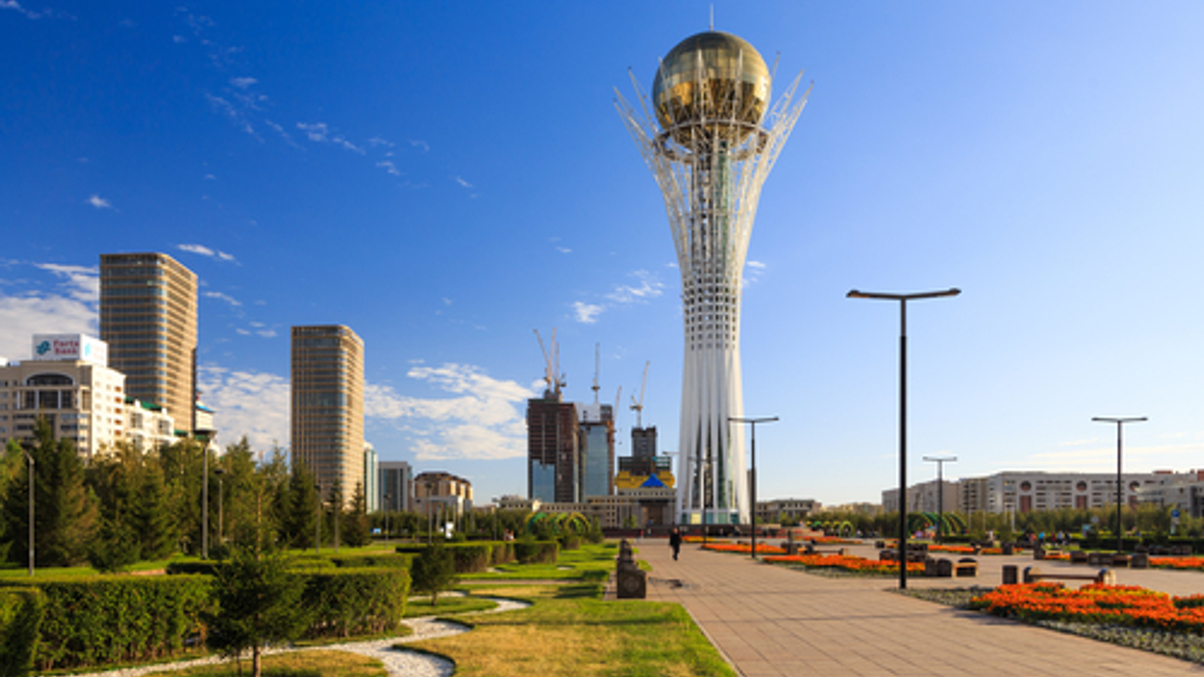China state funds reveal multi-billion Belt and Road plans
Senior executives from China Investment Corporation and Silk Road Fund aim to invest huge sums into the Asia-to-Europe infrastructure project, but they admitted doing so is challenging.

Chinese government investors are leading a multi-billion dollar charge into infrastructure projects related to the Beijing-driven Belt and Road initiative (BRI)—but they claimed to also be alert to the risks involved.
Sign In to Your Account
Access Exclusive AsianInvestor Content!
Please sign in to your subscription to unlock full access to our premium AI resources.
Free Registration & 7-Day Trial
Register now to enjoy a 7-day free trial—no registration fees required. Click the link to get started.
Note: This free trial is a one-time offer.
¬ Haymarket Media Limited. All rights reserved.


